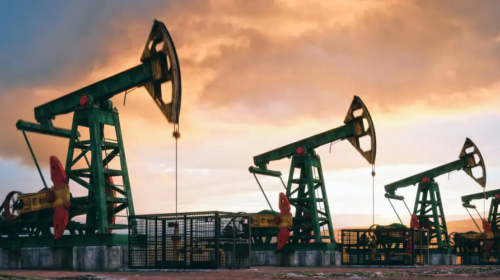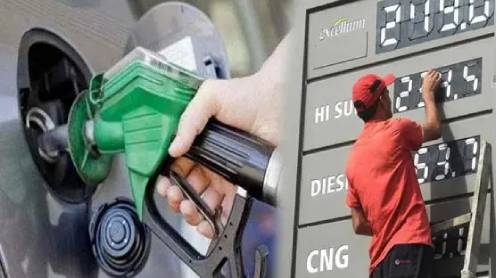Last year was a rather surprising one for those used to seeing a short and visible link between oil prices and U.S. oil production. In 2022, this link broke. Despite higher oil prices, U.S. drillers did not go into full growth mode. And they ended the year in much the same way. According to the latest Dallas Fed energy survey, the pace of growth in the U.S. oil and gas industry slowed in the fourth quarter of the year even though many of the biggest challenges the industry had faced during that year had been eliminated.
This view reflected a report by the Energy Information Administration, which said in December last year that even though oil output from the Permian would reach a record 5.6 million bpd this month, it would constitute a third of the growth rate in Permian output for last September.
The good news is there’s a slowdown in cost inflation, too. According to the respondents in the Dallas Fed survey, while the industry saw higher costs for the eighth quarter in a row, the pace of their increase slowed down towards the end of 2022.
The not-so-good news is that supply chain snags persist, and it is taking longer for materials and equipment to reach oil and gas producers. Again, there’s a silver lining in that the delays are growing at a slower pace, but they are still growing.
It seems, then, that the U.S. oil and gas industry is not really in a most comfortable position to boost growth as fast as the White House wants it to. The prioritization of shareholder returns over output growth appears strategic and appropriate in the current environment.
Related: The Upside For Oil Prices Is Limited
Given this environment, the optimism expressed by the respondents to the Dallas Fed survey is an important indication of the state of the industry. However, the survey noted a decline in that optimism while there was an increase in uncertainty, suggesting murky times ahead.
What this suggests is that it is quite unlikely to see a reversal of corporate policy anytime soon. It is unlikely to see production growth speed up and investment in new exploration to rise substantially. What is likely is to see a continuation of what U.S. oil and gas companies are currently doing: spending moderately and focusing on making their shareholders happy.
Indeed, Pioneer Natural Resources’ chief executive Scott Sheffield said at the end of December that production growth in the shale patch this year would be even more modest than it was last year. He saw this year’s annual increase at just 300,000-400,000 bpd, noting that drillers were running out of their high-quality acreage and “Less quality production is coming out of the Permian, out of the Bakken,” as quoted by Reuters.
Even so, many of the Dallas Fed survey respondents said they expected to spend more this year. Some 39 percent said their companies’ spending would increase moderately, with a quarter saying they expected significant increases in spending.
The immediate outlook for the U.S. oil industry, then, appears to be business as usual but under the new rules, and these new rules say “Caution above all”. Uncertainty remains rife, as noted by Pioneer’s Sheffield when he said there is not much appetite for new drilling equipment construction “because they would charge another 30% to 40% more, and we don’t know what is going to happen in three or four years, by the time we’ve made that investment.”
U.S. oil and gas output would likely remain close to record highs next year, but it is unlikely that, in oil, output would return to the pre-pandemic record anytime soon, if at all.





